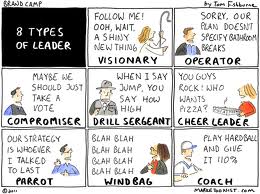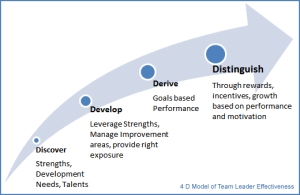We at Catalyst are an all-women organization (at least as of now), and hence writing about women in leadership in the Indian Corporate space (or the lack of it!) is a topic close to heart. Recently, the Confederation of Indian Industry released a report indicating that women comprise only 16 percent of junior managers, four percent of middle and senior managers and a mere one percent of organizational leaders. Thus, while women are adequately represented in the Indian workforce at large, they remain barely present in managerial positions. This is inspite of ‘diversity in workforce’ being the buzz word of a number of corporates in the recent past.
There is no denying that women bring a lot of value to table especially in today’s world of collaboration and innovation. Many studies have indicated that women prefer a collaborative and inclusive decision making process, they are more flexible and empathetic and have better interpersonal skills compared to men. They also are great at multi-tasking and masters of opportunity management, making them valuable resources especially at the top. Then why is it that women hit the ‘glass ceiling’? And what would it take to retain them in the long run?
It is a popularly held misconception that a flexible and supportive work environment is enough to keep a woman employee engaged and loyal. While there is no denying that flexibility that accounts for a woman’s home responsibilities is critical to help her hang on to a job, to keep her engaged and drive performance would require much more.
Constant challenges and an opportunity to learn is a critical factor. Women typically tend to excel in fields that interest them from within and challenges their latent creativity and problem solving ability.
An open work culture which allows women to express ideas and question norms is another critical factor. Women love to explore and reinvent and a non-threatening work environment allows them to prosper.
Lastly, a participative team environment which allows them to indulge their nurturing self and build consensus allows them to be at their best. Women are excellent networkers and work cultures that value this skill tends to motivate them more.
Some popular steps taken by corporates are diversity training at the workplace, onsite daycare facilities and flexible schedules for women, changing the hiring strategy to a more diversity focused one and creating affinity groups at work to share common issues and learnings. However, a more proactive and deeper intervention is required if one is truly committed to a diverse workforce –
- Make the diversity initiative transparent – Progress on diversity initiatives should be shared on a continuous basis so as to create seriousness and commitment at all levels and departments.
- Relook your performance review system – Review metrics may have been created in the image of those who are already successful thus perpetuating an existing form on male dominant leadership. This may need a relook if you want more women managers at the top.
- Encourage participation in outside networks – this is especially important to expand the perceptions and knowledge of existing key decision makers.
- Very importantly, diversity as an initiative should not just stay with HR but should move into the ambit of business leaders just like any other important business initiative.
Doing the above is not easy. Diversity is a commitment which runs throughout the organization, starting at the top, and engaging professional (men and women) throughout their careers. This is what creates a real competitive advantage.






